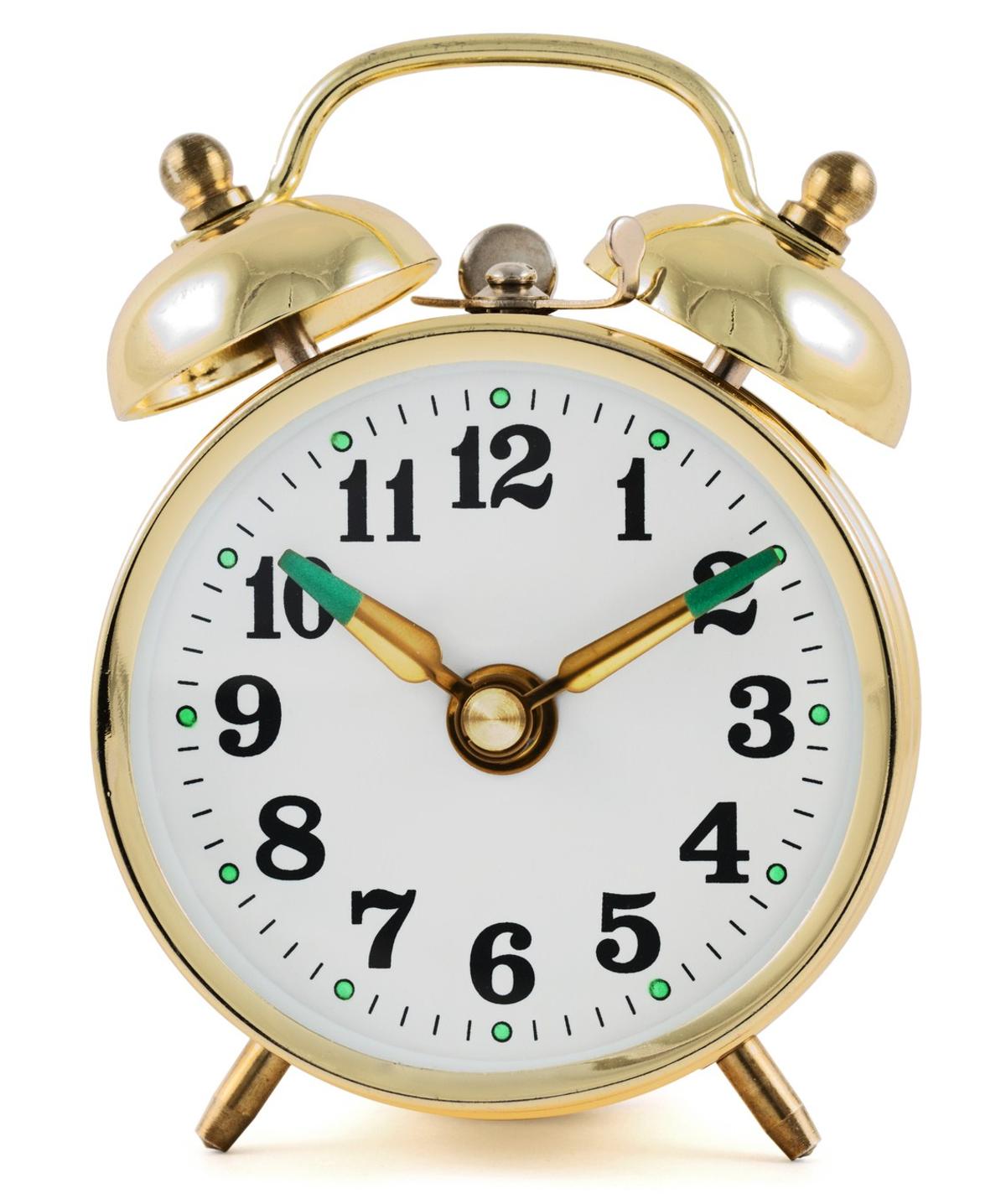


It turns out that our cellphones, Wi-Fi routers, computers, and other digital appliances send out a stream of invisible energy waves that some experts are concerned about. But few of us are aware of the possible health risks presented by the gadgets that make our world work. Most of us are used to the conveniences of modern life. Durability: A quartz timepiece has fewer moving parts that may require repairing, making it more durable than a mechanical watch. Affordability: Mechanical and automatic watches require more watchmaking hours and skill and cost goes often above $500. Low Maintenance: The low number of moving parts and the presence of a battery ensure that quartz watches are lower maintenance. Ease Of Use: Quartz watches are battery-powered and do not require human intervention to keep ticking. Accurate Time: A quartz mechanism barely veers from the exact time, ensuring superior accuracy. Thanks to the quartz movement, our clocks are highly accurate at keeping time, too. Our alarm-clock are all digital-free, analog, silent (no disturbing ticking sounds) and have a Sweep quartz movement. Automatic – kinetic energy from the wearer's wrist is transferred automatically to drive the mechanism inside the watch. The watch requires manual winding to operate.ģ. Mechanical – the movement will cause the second hand to move in a smooth sweeping motion. Quartz – the movement causes the second hand to move (traditionally in individual ticks but no necessarily today). Types of alarm clock movements / mechanisms.ġ. On the alarm clock will be an extra hand, typically shorter than the hour hand of the clock. These gears move the hands of the clock about, using an oscillating wheel to keep the time consistent. Inside the analog alarm clock are a series of gears, powered by battery or wall electricity.


 0 kommentar(er)
0 kommentar(er)
